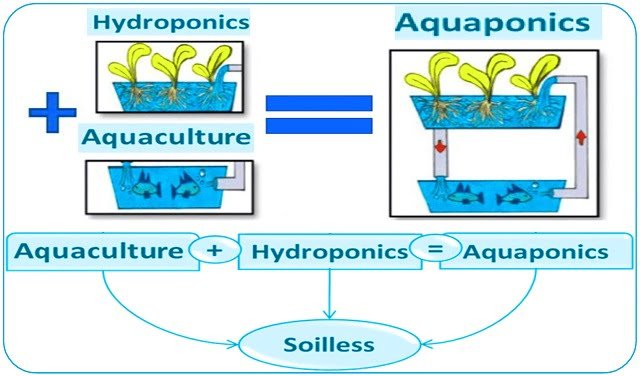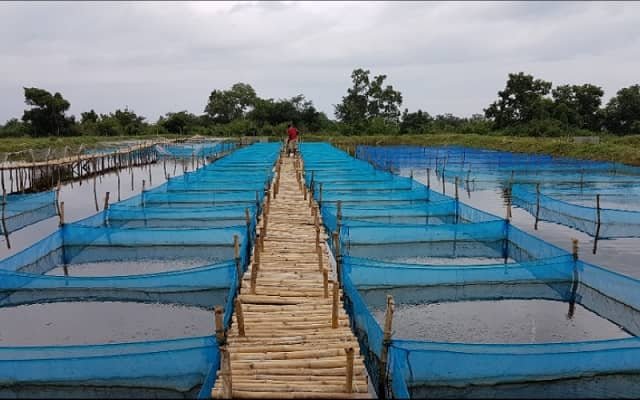
Tilapia, a common name for various fish species of the Cichlidae family, has established itself as one of the pillars of global aquaculture and a product of growing importance in international markets, including the European Union (EU). Its ease of cultivation, profitability, and versatility have favorably positioned tilapia for both producers and consumers.
A recent market report published by the European Commission, European Market Observatory for Fisheries and Aquaculture Products (EUMOFA, May 2025) offers a detailed overview of the global tilapia situation in 2023, covering production to the complex dynamics of its trade and consumption, findings that are crucial for the aquaculture sector.
Understanding tilapia: Key species
The term “tilapia” encompasses about a hundred species, but those of greatest commercial importance are the Nile tilapia (Oreochromis niloticus), the Blue tilapia (Oreochromis aureus), and the Mozambique tilapia (Oreochromis mossambicus), in addition to hybrids. Nile tilapia, native to tropical West Africa, is particularly dominant, accounting for 77% of global tilapia aquaculture production and 45% of global catches in 2023.
Global tilapia production: An aquaculture giant
In 2023, global tilapia production reached 7.5 million tonnes, with 90% coming from aquaculture and the remaining 10% from capture fisheries.
Tilapia aquaculture: The main driver
Aquaculture production of tilapia reached 6.8 million tonnes in 2023, positioning it as the second most cultivated fish after carp. It is cultivated almost exclusively in freshwater (97%). The undisputed leaders in this sector are China (27% of global production) and Indonesia (21%), followed by Egypt (14%), Brazil (7%), Bangladesh (6%), Thailand (4%), and the Philippines (4%). The predominant species is Nile tilapia (77%).
Over the last decade (2014-2023), global aquaculture production of tilapia grew by 31%, mainly driven by China and Indonesia. In contrast, production in the European Union, which was 970 tonnes in 2014 (mainly in Poland and Germany), was nil in 2023. The success of tilapia farming lies in its omnivorous nature, tolerance to high stocking densities and adverse environmental conditions, as well as its rapid reproduction and growth. Hybridization is frequently used, especially between Nile and Blue tilapia, to obtain desirable characteristics such as lighter flesh or a higher proportion of males, which grow faster. The cultivation cycle to reach harvest size usually lasts 6 to 7 months in ponds and tanks.
Capture fisheries: A complementary contribution
Global tilapia catches totaled 729,540 tonnes in 2023. Most came from African (73%) and Asian (23%) inland waters. Nile tilapia was the main species caught (45%), followed by “tilapias NEI” (species not elsewhere specified) with 51%. The main producing countries by capture were Egypt (23%), Uganda (13%), Indonesia (10%), and Nigeria (9%). No tilapia catches were reported in the EU during the last decade.
International trade: The EU as a net importer
The tilapia market in the European Union depends almost exclusively on imports, mainly from China, and focuses on frozen products (whole or in fillets).
Stay Always Informed
Join our communities to instantly receive the most important news, reports, and analysis from the aquaculture industry.
EU Imports
In 2024, the EU-27 imported 26,632 tonnes of tilapia, valued at EUR 75.8 million. Whole frozen tilapia accounted for 54% of the imported volume, while frozen fillets constituted 45%. China was the main supplier, accounting for 88% of the volume and 83% of the value of extra-EU imports. Vietnam (6% of the volume) and Indonesia (4% of the volume) followed at a distance.
The main entry points into the EU were France, Belgium, and the Netherlands. France led imports of whole frozen tilapia, while Poland and Spain were the largest importers of frozen fillets. Since 2020, imports of whole frozen tilapia have increased by 24% in volume, with a price increase of 52%, reaching 2.11 EUR/kg in 2024. Frozen fillets from China saw a 48% increase in volume and a 47% increase in price over the same period, reaching 3.34 EUR/kg in 2024.
Exports and intra-EU trade
EU exports to third countries are considerably smaller, totaling 382 tonnes (EUR 1.95 million) in 2024. Frozen products dominated these exports (87% of the value), with fillets being the main product. Switzerland, Norway, and the United Kingdom were the main destinations. The Netherlands and Spain were the main EU exporters. Intra-EU trade, consisting of re-exports of imported tilapia, reached 10,939 tonnes (EUR 41.4 million) in 2024. Frozen products (fillets and whole) dominated this flow. The Netherlands was the main re-exporter, while Germany and France were the main destinations within the EU.
Comparative prices
It is noteworthy that tilapia import prices are lower than those of other whitefish it can substitute. In 2024, the EU import price for frozen tilapia fillets was 3.68 EUR/kg, compared to 4.60 EUR/kg for frozen saithe fillets, 5.36 EUR/kg for haddock, and 6.60 EUR/kg for cod.
Tilapia consumption: Growing popularity in the EU
Traditionally consumed in Africa and Asia, tilapia is gaining ground in the EU, especially in ethnic communities and as an affordable alternative to other whitefish species. The competitive price, high protein content, and good profile of omega-6 and omega-3 fatty acids contribute to tilapia’s success. In 2022, apparent tilapia consumption in the EU was estimated at 54,822 tonnes (live weight equivalent), equivalent to 0.12 kg per capita. Spain and Germany were the main consumption markets in 2023, followed by Poland, France, Italy, Belgium, and Czechia.
Although the US market for tilapia and pangasius is much larger than the European one, changes in tariff policies could redirect volumes to new markets. Currently, tilapia competes with pangasius in the EU market, with the latter being more popular for the time being (60,939 tonnes of pangasius imported in 2024 compared to 26,632 of tilapia).
Beyond food: Innovative uses of tilapia
Tilapia is not only valuable as food. The skin, a byproduct of tilapia processing, has proven to be a promising biomaterial in regenerative medicine, especially for the treatment of burns, thanks to its high type I collagen content. It has also been reported as a more effective, faster, and less painful treatment than conventional topical medicines.
Furthermore, tilapia species are commonly used for the biological control of unwanted aquatic plants and algae, reducing the need for chemicals. In tropical areas, they have also been used to control mosquito populations that transmit malaria.
Conclusion
The 2023 market study reveals the robustness of tilapia as a global aquaculture product, with production dominated by Asia and a European market that, although still modest compared to other whitefish, shows growing consumption and relies heavily on imports. The economic and biological advantages of tilapia, along with its versatility and the emergence of new non-food uses, suggest that its importance will continue to expand. For professionals in the EU sector, understanding the dynamics of this globalized market, from production trends at origin to European consumer preferences and competition with other species, is fundamental for strategic decision-making.
Reference (open access)
European Commission, European Market Observatory for Fisheries and Aquaculture Products (EUMOFA). (2025). Monthly highlights no. 5 / 2025. Publications Office of the European Union. https://doi.org/10.2771/3292873
Editor at the digital magazine AquaHoy. He holds a degree in Aquaculture Biology from the National University of Santa (UNS) and a Master’s degree in Science and Innovation Management from the Polytechnic University of Valencia, with postgraduate diplomas in Business Innovation and Innovation Management. He possesses extensive experience in the aquaculture and fisheries sector, having led the Fisheries Innovation Unit of the National Program for Innovation in Fisheries and Aquaculture (PNIPA). He has served as a senior consultant in technology watch, an innovation project formulator and advisor, and a lecturer at UNS. He is a member of the Peruvian College of Biologists and was recognized by the World Aquaculture Society (WAS) in 2016 for his contribution to aquaculture.




